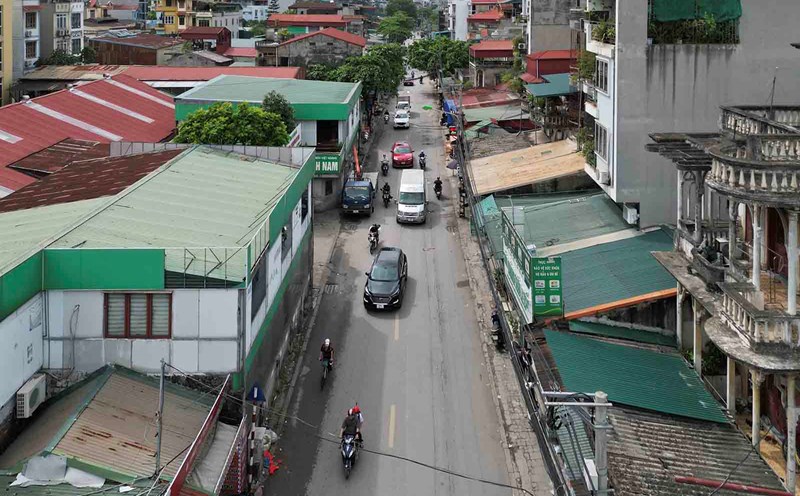livelihoods of people in coastal areas
Mr. Phan Van Trong's family in Cua Viet commune has been involved in the profession of steaming anchovies and dried mackerel for export for 15 years. As one of the large-scale facilities in the locality, Mr. Trong processes about 500 - 600 tons of fish each year. With a stable source of raw materials from Cua Viet port and other localities such as Da Nang and Quang Ngai, Mr. Trong said that the facility's revenue has always been maintained well.
Not only bringing income to Mr. Trong's family, the facility also creates regular jobs for about 20 on-site workers with an average income of 6 - 7 million VND/person/month.
Ms. Nguyen Thi Ha, a long-time employee at the facility, said that every day she can earn about 300,000 VND from steaming fish for hire. Although her income is not large, this is the main source of income that helps her cover her living expenses and take care of her children's education.
According to statistics, Cua Viet commune currently has about 50 fish steaming facilities with a processing output of 300-500 tons/year/istic facility. Each facility creates jobs for 15 - 20 workers, contributing to on-site employment, consuming about 20,000 tons of seafood that fishermen catch each year.
Ms. Tran Thi Vinh - an agricultural fisheries promotion officer of Cua Viet commune - said that the boiling of dried fish contributes significantly to the local economic growth. "We always guide establishments to ensure that the processing process meets food hygiene and safety standards to improve product quality" - Ms. Vinh said.
Craft villages are on paper due to lack of capital
Despite creating clear economic value, fish processing facilities are currently facing a significant environmental challenge when located in densely populated areas. The smell of smoke, wastewater, and noise from fish steams have greatly affected the lives around.
Mr. Phan Van Trong is worried that his family's fish processing facility is currently surrounded by a residential area, so the processing often affects neighbors. We know that but there is no other way. With no suitable land fund, fish drying facilities now have to be rented far away, sometimes even on the roadside, said Mr. Trong.
To solve this situation, the Cua Viet commune government and the people all have high expectations for a centralized seafood processing village. However, the craft village project is still unfinished due to lack of capital. The internal traffic system is available but the electricity, water infrastructure and processing site have not been completely built.
Mr. Tran Dinh Cam - Vice Chairman of Cua Viet Commune People's Committee - hopes that the province will pay attention to allocating capital to complete the craft village area, to move about 50 fish steaming facilities out of the residential area. This not only ensures the environment but also improves product quality, aiming at sustainable development and building a brand for Cua Viet steamed fish products.
Currently, each year, fish steaming facilities in Cua Viet supply the market with about 12,000 tons of products, of which 90% are for export. The finished fish has a selling price ranging from 45,000 - 60,000 VND/kg depending on the type. However, if there is no suitable production site soon, the economic advantage of the craft village will be difficult to maintain in the long term.











